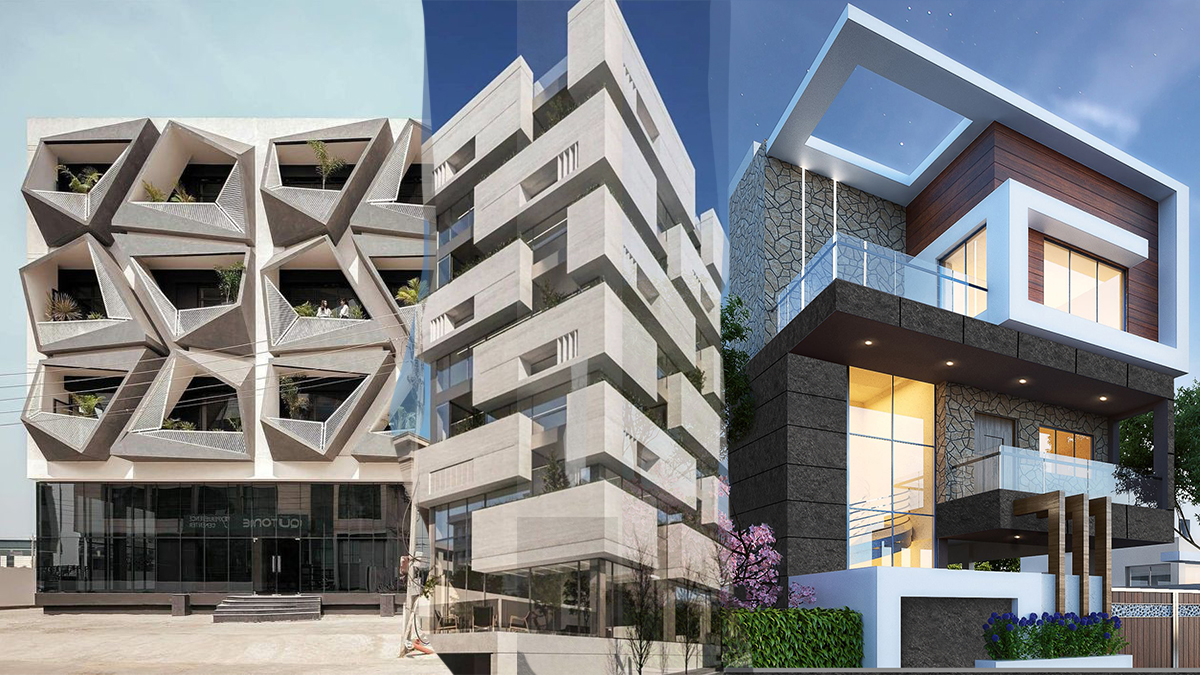What Architects Seeks In A Facade Material?

When architects choose materials for facades or exteriors of luxury buildings, they consider several factors to meet the needs and desires of their clients. Here are some considerations they take into account:
1. Aesthetic Appeal: Architects and designers aim to create visually stunning and luxurious buildings. They look for materials that enhance the overall aesthetics and reflect the desired style and theme of the project. This may involve considering the texture, color, patterns, and finishes of the materials.
2. Durability and Longevity: Luxury buildings are expected to stand the test of time. Architects prioritize materials that are durable, resistant to weathering, and require minimal maintenance. High-quality materials such as natural stone, concrete, metals like stainless steel or titanium, and composite materials are often preferred for their longevity.
3. Uniqueness and Exclusivity: Luxury buildings often seek to differentiate themselves from others. Architects and designers may choose materials that are unique or exclusive, adding an element of prestige to the project. This can include rare stones, custom-designed elements, or limited-edition materials that create a sense of exclusivity.
4. Sustainable and Environmentally Friendly: With growing environmental consciousness, architects and designers prioritize sustainable materials that have a lower carbon footprint. They may opt for materials made from recycled or renewable sources, such as reclaimed wood, sustainable timber, recycled metals, or eco-friendly composites. Additionally, energy-efficient solutions like insulated glass panels or green walls might be considered.
5. Technical Performance: The chosen materials must meet specific technical requirements. Architects consider factors like insulation properties, fire resistance, acoustic performance, and structural integrity. They ensure that the materials fulfill necessary building codes and regulations while maintaining the desired luxury standards.
6. Contextual Harmony: Architects and designers consider the surrounding environment and the building’s context. They aim to create a harmonious relationship between the building and its surroundings by selecting materials that complement the local architecture, cultural significance, or natural landscape.
7. Cost and Budget: While luxury buildings often have larger budgets, cost considerations are still important. Architects and designers work closely with clients to strike a balance between their aspirations and the project’s financial constraints. They explore cost-effective alternatives that maintain the desired level of luxury without compromising quality.
By carefully considering these factors, architects and interior designers can choose materials for facades or exteriors of luxury buildings that meet the needs and desires of their clients, creating visually stunning, durable, sustainable, and unique spaces.